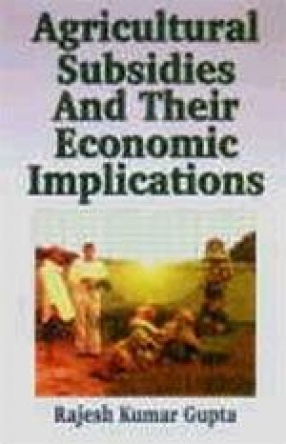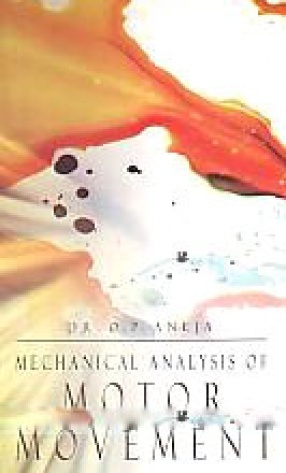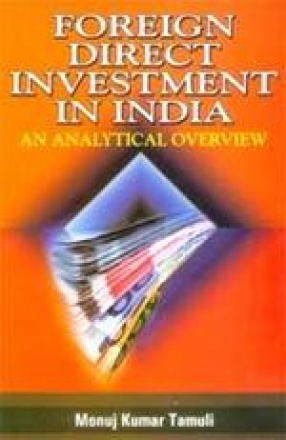Among the agricultural production incentives input subsidies are considered to be the most powerful instrument for accelerating the growth of agricultural production. Their provision in agriculture has been advocated on the ground that it gives incentives to the farmers to use new technology and increase production. The case against subsidies, however, rests on the ground that they put heavy burden on the state exchequer and reduce investible surplus and consequently the growth rate of the economy, besides generating inequalities in the distribution of income and may lead to distortions and inefficiency in the system. There are some studies which advocate the continuation of agricultural input subsidies. At the same time, some researchers are of the view that these should be withdrawn. Most of the studies dealt with one aspect or the other but no comprehensive study was conducted at the micro-level. Beginning with the rationale of agricultural subsidies, this book deals with various issues involved in the analysis of economic implications of input subsidies in agriculture both at macro-level and at micro-level. The study aims at analyzing the growth and distribution of agricultural subsidies over the period in different states. An attempt has been made to find which states are major beneficiaries of these subsidies. At micro-level the study investigates the impact of subsidies on agricultural production, cropping pattern, cropping intensity and distribution of income. Analysis has also been made regarding the distribution of subsidies across different categories of farmers. The book concludes with the critique of agricultural subsidisation policy, providing a penetrating analysis of what has been done and what should be done.
Mechanical Analysis of Motor Movements
$38.70
$43.00





There are no reviews yet.